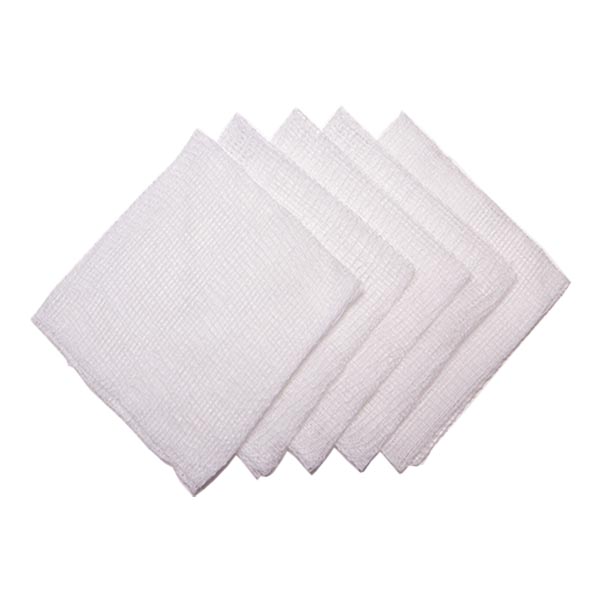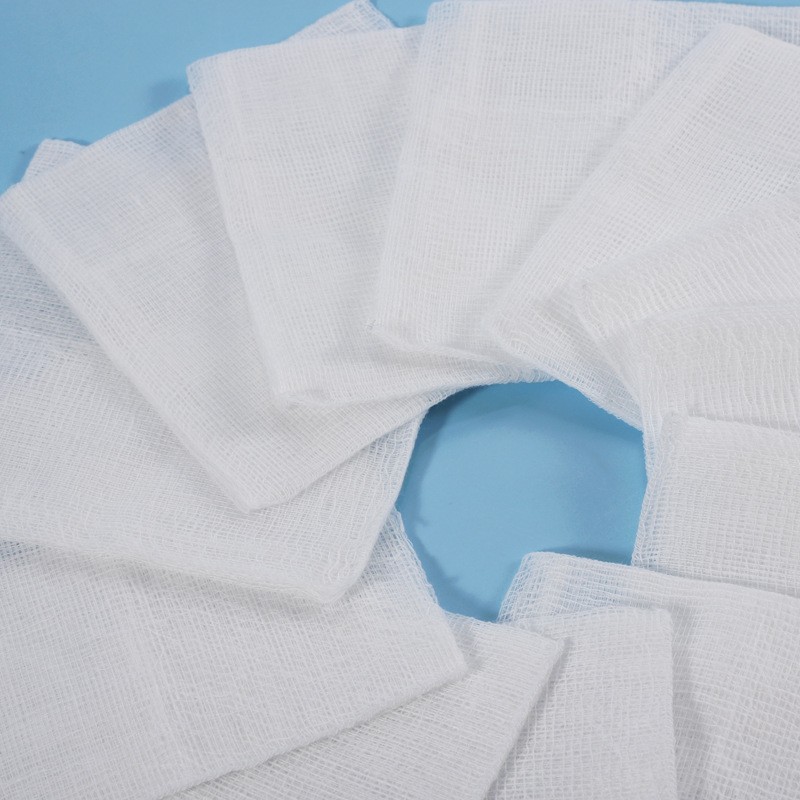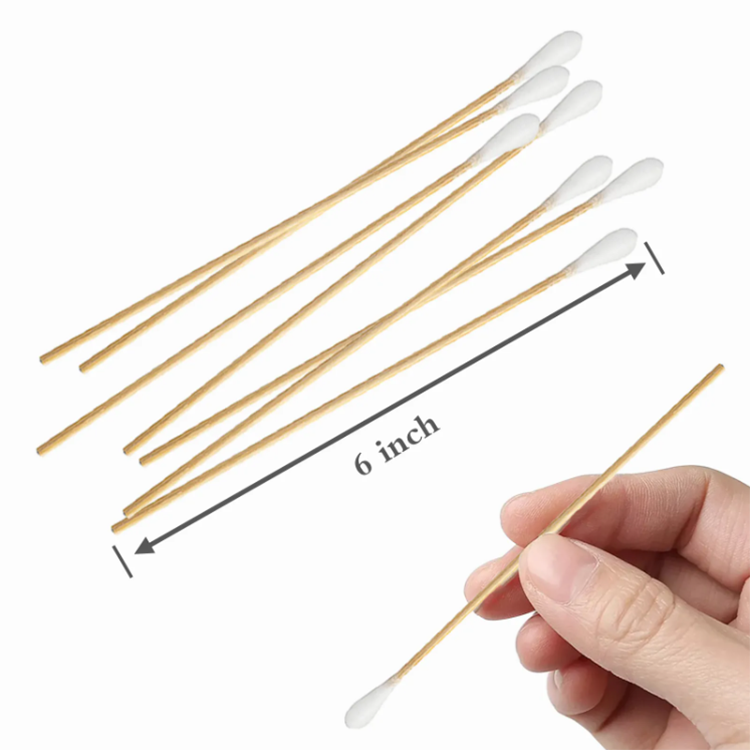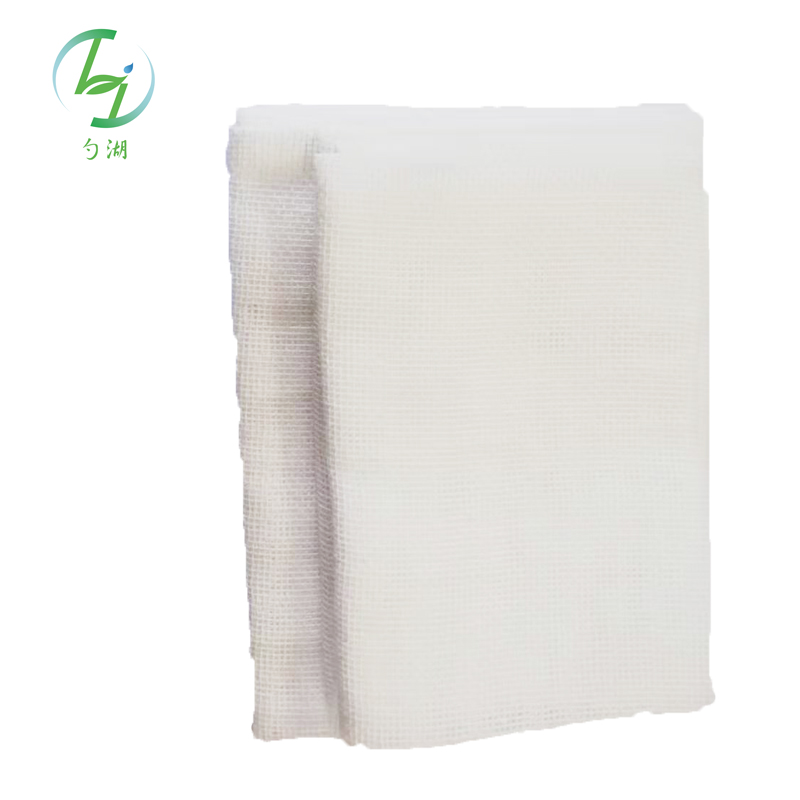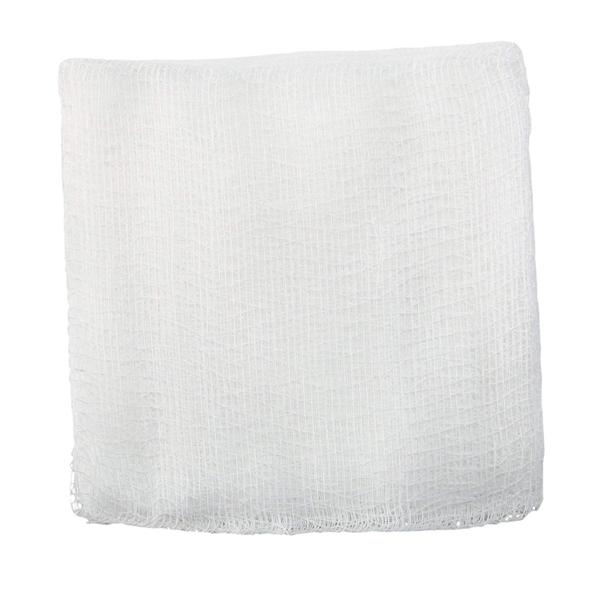Disposable gauze swab 40S 19*15mesh folded edge
Product density:
Definition of gauze density
Gauze Swab density is the amount of yarn or yarn fabric in an area per unit length (usually 1 inch). This is usually expressed as "threads per inch" (TP). The more yarn, the higher the density of the gauze.
Second, the impact of gauze density on gauze swab
In the medical field, gauze is a common medical supplies, used for wound dressings, surgical dressings and so on. The density of gauze has an
Important impact on its application in the medical environment.
1. Strength of gauze
The higher the density of the gauze, the tighter the yarn, and the stronger it is. In the medical environment, a lot of dressing and dressing work is often required, and high-density gauze can better withstand these jobs and reduce the possibility of breakage.
2. Water absorbancy of gauze
In a medical setting, the gauze needs to have good water absorption properties in order to be able to better absorb the patient's body fluids and other secretions. However, if the density is too low, the water absorption of the gauze will become poor. Therefore, it is very important to choose a suitable density gauze. In general, the higher the density of the gauze, the better the water absorption.
3. Air permeability of gauze
High gauze density may lead to decreased permeability of the gauze, which may cause discomfort to the patient. Therefore, it is necessary to choose a moderate density under the premise of ensuring strength and water absorption.
Gauze Swab Replace times :
How often the gauze swab is replaced is related to the sterility of the wound, the wound is generally divided into sterile wound and contaminated wound, usually the gauze dressing of sterile wound is replaced once every three days or so, and the gauze swab of contaminated wound is quickly soaked and needs to be replaced in time.
1. Sterile wound: For example, thyroid surgery, breast surgery, inguinal hernia surgery, etc., it is generally necessary to observe whether the gauze dressing is soaked or not, and whether there is liquid seepage or blood seepage under the wound on the first day after surgery. If none occurs, it is generally not necessary to change the gauze swab, and it is possible to change the gauze swab about three days after the surgery, and observe the wound healing, skin border occlusion, and whether there is blood and fluid accumulation under the wound.
2, contaminated wounds: contaminated wounds may have a lot of exudation, soaking faster, so the number of replacement of gauze dressings is more frequent, may need to be replaced 3-5 times a day. However, if the wound healing is better after changing the gauze dressing, the gauze dressing can usually be replaced again when the suture is removed, such as abdominal surgery may be removed at 7-9 days, at which time the gauze dressing can be replaced together.
Packing Details:
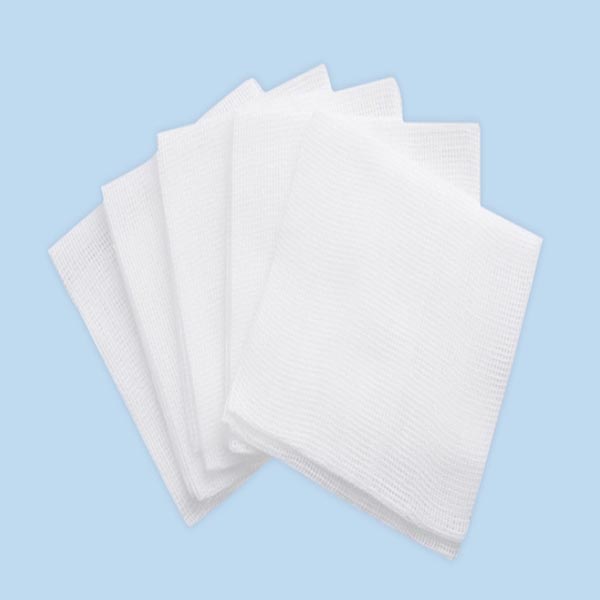
40S 30*20mesh, folded edge,100pcs/package
40S 24*20mesh, folded edge,100pcs/package
40S 19*15mesh, folded edge,100pcs/package
40S 24*20mesh, non-folded edge,100pcs/package
40S 19*15mesh, non-folded edge,100pcs/package
40S 18*11mesh, non-folded edge,100pcs/package







